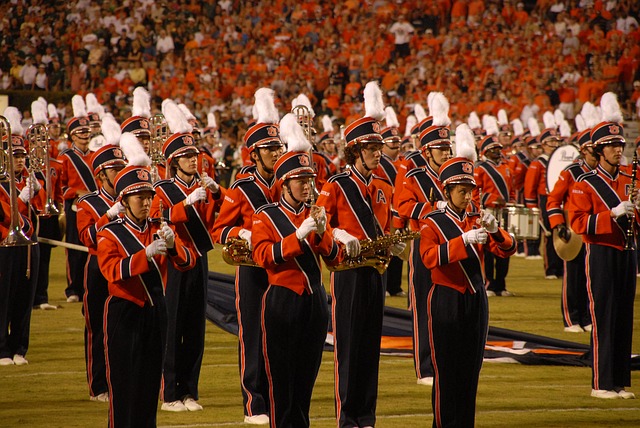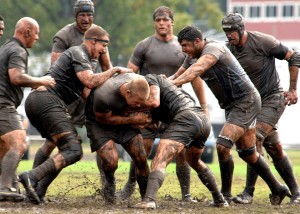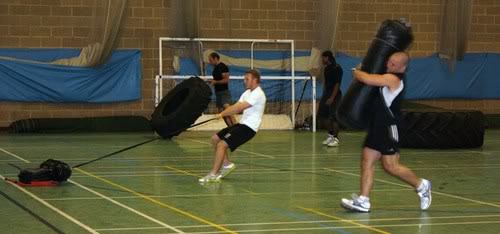It seems that all too often athletes make the mistake of seeking the quickest path to getting bigger, faster and stronger without considering the long-term consequences of such a strategy. A long-term approach that preaches patience in developing a well-rounded athlete is the most ideal method regardless of the sport, but this is especially the case as it pertains to a complex and rigorous sport like rugby.
A fitness plan for rugby players at every level should include a focus on developing strength, speed, flexibility and endurance, with specificity based on the athlete’s role only coming after these basic athletic components have been fully developed. This is just as true with the most elite, world-class rugby players as it is with newcomers to the sport. Fitness gains can indeed be made quickly through a number of training methods, but these are rarely long-lasting gains and they may lead to an increased risk of injury.

Through the use of a long-term approach to fitness, trainers can identify areas of weakness and develop a program that brings the athlete into balance. With strength, speed, flexibility and endurance properly balanced and fully developed, training programs can then become highly specialized to maximize fitness gains as they relate to the athlete’s specific role with their rugby club. If training specificity is attempted too early, the athlete may become one-dimensional and will find it difficult to compete in a sport that requires dynamic athleticism to be truly successful.
For young players in particular, there may be a temptation to try to progress too quickly through a training program. Young rugby players are often best served by a training program that begins with body-weight exercises before progressing to movements involving an added external load. This encourages these young athletes to focus on developing proper form for each movement and ensures that the risk of injury is minimized significantly. It is in this way that training gains are ultimately maximized when it is appropriate to add an external load.
As rugby players progress to the highest level of sport, the use of proper training, nutrition and recovery becomes an even more important factor in determining athletic success. Even athletes competing at an elite level have room for improvement, particularly as it relates to nutrition and recovery. Athletes who develop an early understanding of the benefits of a balanced approach to all aspects of training are far more likely to reach their athletic potential and achieve success in the sport of rugby.





 There are many reasons the
There are many reasons the  For one of
For one of